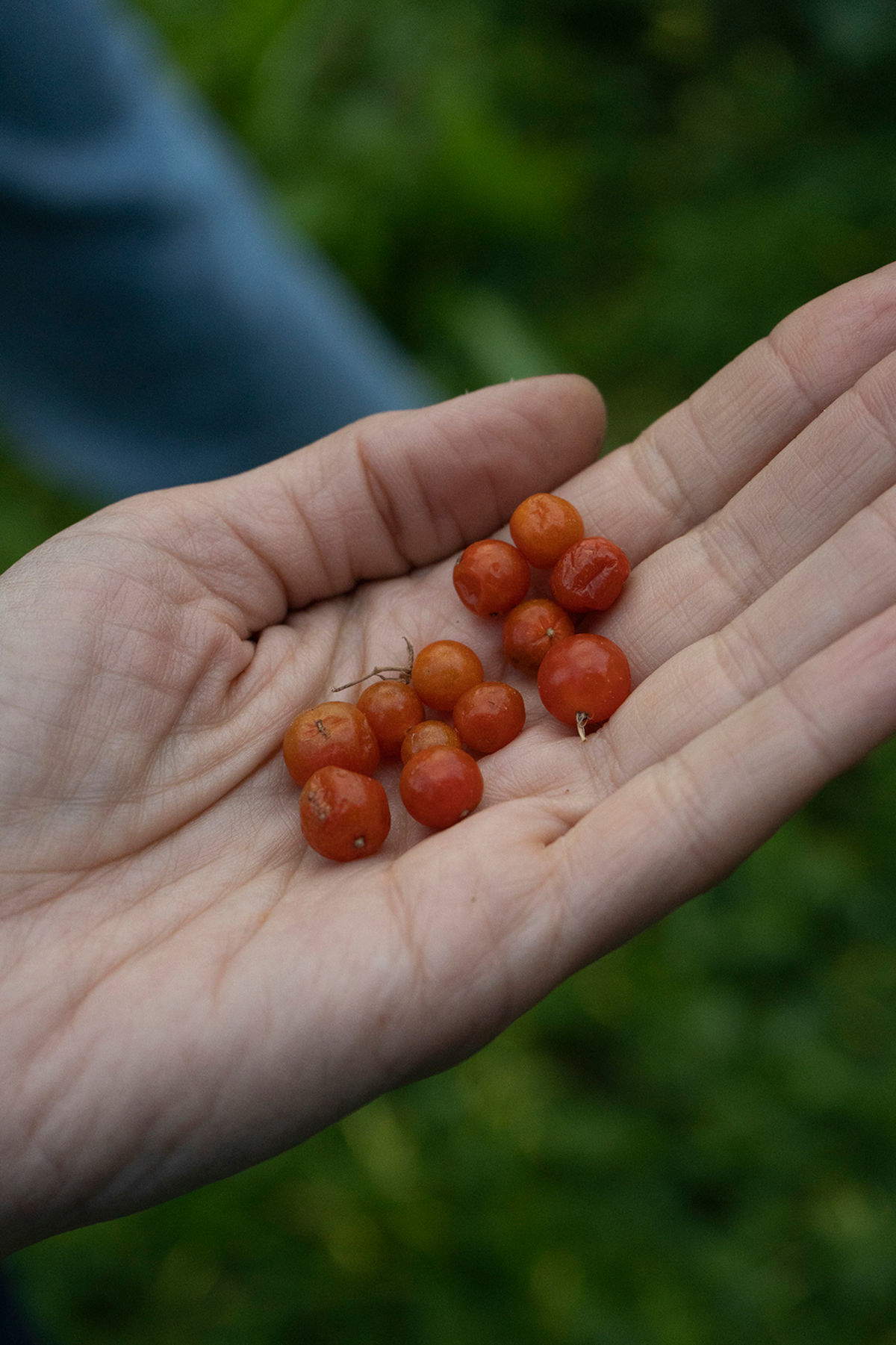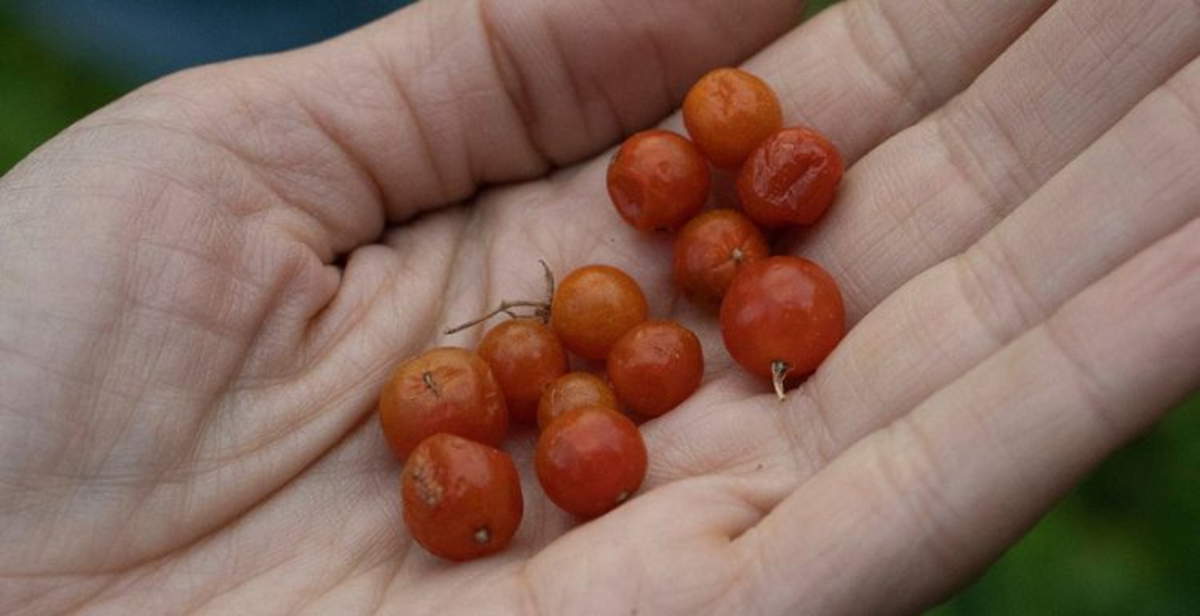In Castelbuono (Palermo), the Museo Civico continues its research on the relationship between contemporary art and ecology by hosting two new interventions by the duo Aterraterra, formed by Fabio Aranzulla and Luca Cinquemani. Both events are part of the project Ecosystems Connected. Museum and Post-varietal Communities, curated by Maria Rosa Sossai, and supported by the PAC2024 - Plan for Contemporary Art, promoted by the General Directorate for Contemporary Creativity of the Ministry of Culture.
The project, launched in 2025 with a phase of agricultural experimentation, critically addresses some central themes of contemporary agriculture: the simplification of ecosystems, genetic control, productive discipline and cultural constructions around so-called “naturalness.” Starting from these premises, Aterraterra proposes a reflection on the interaction between humans and cultivated plants, questioning the idea of varietal purity through experimental cultivation practices that favor uncontrolled hybridization.
In the garden surrounding the Ventimiglia Castle, home of the museum, the artists planted a variety of domestic and wild tomatoes. These include species such as Solanum pimpinellifolium, recognized for its resistance to extreme weather conditions. The result is a constantly changing, hybrid ecosystem that, over time, will give rise to an unpredictable plant community. The agricultural core, in which life forms intertwine beyond genetic prediction, is destined to become part of the museum’s permanent collection, reflecting a curatorial approach that looks at ecological transformation as an integral part of cultural heritage.
In line with a museum vision geared toward sustainability and environmental reflection, Civic Museum Director Laura Barreca links the project to the institution’s broader activities. In particular, she cites the L’Orto dell’Arte initiative, inaugurated in 2020, which transformed a portion of the museum into a Mediterranean herb garden.
“Today we feel the need to redesign the function of the museum in view of the environmental priorities and urgencies that our historical time imposes on us,” says Laura Barreca in dialogue with the thinking of historian Steven Conn (according to whom museums today should rethink the role of objects in the construction of knowledge).“Rethinking cultural production in an ecological function, placing side by side with the usual exhibition activities, participatory artistic actions, aimed at soliciting individual and collective responsibility for the environment, the landscape, as parts of heritage, represents a precise orientation in the programming of our institution. Aterraterra’s project for the Civic Museum of Castelbuono expresses what the museum has already been practicing since 2020, when we inaugurated the L’Orto dell’Arte project, now a lush garden of Mediterranean herbs and an integral part of the museum itinerary.”

Two events materialize this vision in the second half of 2025. The first, from July 15 to August 1, involves the installation in Castelbuono’s public space of a large billboard (size 6x3 meters) along Dante Alighieri Street. The work, titled San Marzano 2, depicts an enlargement of the famous tomato of the same name, showing not its shiny, regular exterior but its flesh, seeds, fibers and internal textures. The decision to depict the fruit from such a close-up perspective is intended to overturn the dominant narrative that associates the San Marzano tomato with values such as authenticity, purity and national identity.
The operation refers to a little-known historical event: in 1991, the original strain of San Marzano was destroyed by a virosis and deleted from the National Register of Horticultural Varieties. Today’s San Marzano is thus the result of genetic reconstruction, not an authentically original variety. The inscription San Marzano 2 stands out on the image as an invitation to reflect on genetic manipulation, selection and control exercised by man on cultivated plants, unmasking the illusion of a lost naturalness to be preserved. The installation thus raises questions about agricultural narratives, the ideology of purity, and the widely held idea that horticultural varieties are fixed and immutable entities.
The second event is the exhibition Post-varietal Communities, which opens Sept. 13 at 6 p.m. at the Former Stables of the Civic Museum. The exhibition brings together three elements: the post-varietal plant community developed in the museum garden, a sound installation, and a photographic series consisting of ten shots.
The plants, grown on a wooden structure designed with architect Elena Catalano, are the result of cross-pollinations between domestic and wild varieties. The structure serves as a support and a tool to encourage hybridization, giving up genetic control to leave room for spontaneous forms of evolution. The seeds produced by these crosses will give rise to new plants with unknown characteristics that can no longer be traced back to the initial varieties. The exhibition thus restores an ongoing process, a cycle of agricultural and symbolic transformation that challenges existing classifications.
Completing the exhibition is a sound installation created in collaboration with composer and sound artist Tobias Koch, which translates the connections between environment, plants, and human intervention into sound, and a series of ten photographs that visually document and interpret the hybridization process. The images offer an analytical and poetic look at the stages of plant growth, highlighting the morphological variety generated by uncontrolled crosses.
 |
| Castelbuono Civic Museum in Palermo explores the relationship between agriculture and cultural narratives |
Warning: the translation into English of the original Italian article was created using automatic tools. We undertake to review all articles, but we do not guarantee the total absence of inaccuracies in the translation due to the program. You can find the original by clicking on the ITA button. If you find any mistake,please contact us.